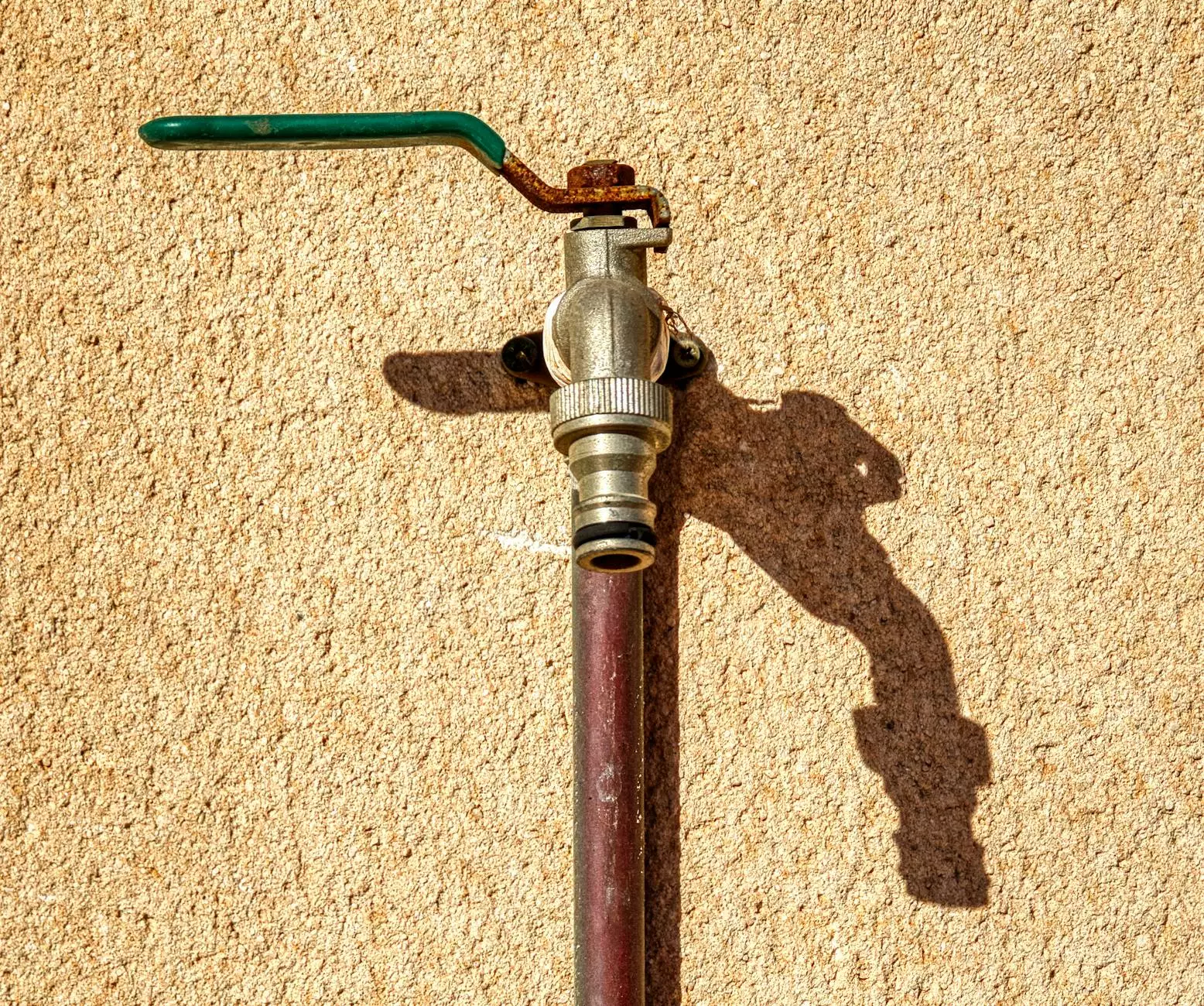Understanding Bathroom Plumbing Water Lines: A Comprehensive Guide

Bathroom plumbing water lines are a vital component of modern homes, ensuring that we have a consistent supply of fresh water for our daily routines. Whether it’s for your sink, shower, or toilet, these water lines play a crucial role in the functionality of your bathroom. In this article, we will delve into the intricacies of bathroom plumbing, exploring everything from installation to maintenance and troubleshooting.
Overview of Bathroom Plumbing Systems
The plumbing system in your bathroom is not just about the visible fixtures; it consists of a complex network of pipes and connections that work together to provide water and remove waste. Understanding this system can help homeowners maintain their plumbing effectively and address issues before they become significant problems.
Components of Bathroom Plumbing
- Water Supply Lines: These are the pipes that carry fresh water to your bathroom fixtures.
- Drain Lines: These remove wastewater from your fixtures to the main sewer line or septic system.
- Vent Pipes: These allow air to enter the plumbing system to facilitate drainage and prevent clogs.
- Fixtures: This includes sinks, toilets, showers, and bathtubs that use water.
- Valves: These control the flow of water throughout the system.
Understanding Bathroom Plumbing Water Lines
The bathroom plumbing water lines are generally made of various materials, including copper, PVC, and PEX. Each material has its own advantages and disadvantages, which can affect your plumbing system's efficiency and longevity.
Types of Water Lines
Here’s a brief overview of the most popular types of materials used for bathroom water lines:
- Copper: Known for its durability and resistance to corrosion, copper pipes have been a standard choice for years.
- PVC (Polyvinyl Chloride): This plastic material is lightweight, easy to install, and resistant to corrosion, making it a popular choice for drain lines.
- PEX (Cross-Linked Polyethylene): Flexible and easy to install, PEX has gained popularity in recent years for its resistance to scale and chlorine, lower shipping costs, and ease of installation.
Installing Bathroom Plumbing Water Lines
Installing bathroom plumbing requires careful planning and understanding of local plumbing codes. Here’s a step-by-step guide on how to install bathroom plumbing water lines.
Preparation for Installation
Before starting the installation, consider the following:
- Check local building codes to ensure compliance.
- Gather all necessary tools: pipe cutter, wrench, soldering torch (for copper), PEX crimping tool, etc.
- Plan the layout of your plumbing system, including hot and cold water lines.
Step-by-Step Installation Process
Follow these steps to install your bathroom plumbing water lines:
- Shut Off Water Supply: Ensure the main water supply is turned off to avoid leaks.
- Install Valves: Fit shut-off valves on each line for easy maintenance.
- Connect Water Lines: Using the appropriate connectors for your chosen material (soldering for copper, crimping for PEX), connect the lines to the fixtures.
- Test for Leaks: Once connected, turn the water back on and check for any leaks.
- Insulate Pipes: Consider insulating your plumbing lines to prevent freezing or loss of heat.
Common Issues with Bathroom Plumbing Water Lines
Like any plumbing system, bathroom plumbing water lines can encounter problems. Recognizing and addressing these issues promptly can save homeowners time and money.
Leakage and Drips
Leaks can occur at joints where pipes connect, causing water damage and increasing water bills. To address a leak:
- Locate the source of the leak.
- Turn off the water supply.
- Replace damaged fittings or pipes as necessary.
Clogs
Clogs in the drainage system are common and can be caused by hair, soap residue, or foreign objects. Here are some solutions:
- Use a plunger or a plumber’s snake to remove minor clogs.
- For persistent clogs, consider using a pipe auger or calling a professional.
Low Water Pressure
Low water pressure can greatly affect your bathroom experience. Common causes include:
- Mineral buildup in pipes.
- Leakage in the system.
- Issues with the main water supply.
Check for leaks and clean aerators and showerheads to improve water flow.
Maintaining Bathroom Plumbing Water Lines
Regular maintenance is essential for the longevity of your bathroom plumbing system. Here are some tips for maintaining your water lines effectively:
Regular Inspections
Conduct inspections at least once a year to check for leaks and signs of wear. Pay special attention to the following areas:
- Pipes leading to your fixtures.
- Connections and fittings for corrosion.
- Visible signs of moisture or water damage.
Flushing Water Lines
Periodically flushing your water lines can help remove buildup and prevent clogs. Here’s how to do it:
- Turn off the water supply.
- Remove aerators, and drain the lines at each fixture.
- Flush the lines with clean water.
- Reassemble and check for leaks.
Conclusion
Understanding and maintaining your bathroom plumbing water lines is crucial for ensuring a functional and efficient plumbing system. Regular inspections, proper installation, and prompt repairs can significantly enhance the longevity of your plumbing system. For any complex issues or installations, consider seeking professional help from experienced plumbers like those at White Plumbing Company. With their expertise, you can ensure your bathroom plumbing remains healthy and efficient.
Why Choose White Plumbing Company?
At White Plumbing Company, we pride ourselves on delivering top-notch service in the areas of home services, plumbing, and water heater installation/repair. Our team of skilled professionals is dedicated to providing quality workmanship and excellent customer service. By choosing us, you ensure your plumbing needs are met with the utmost care and expertise.
Contact Us
For more information on our services or to schedule a consultation, visit White Plumbing Company today. Let us help you keep your bathroom plumbing running smoothly!









